Capturing That Waterfront Draw
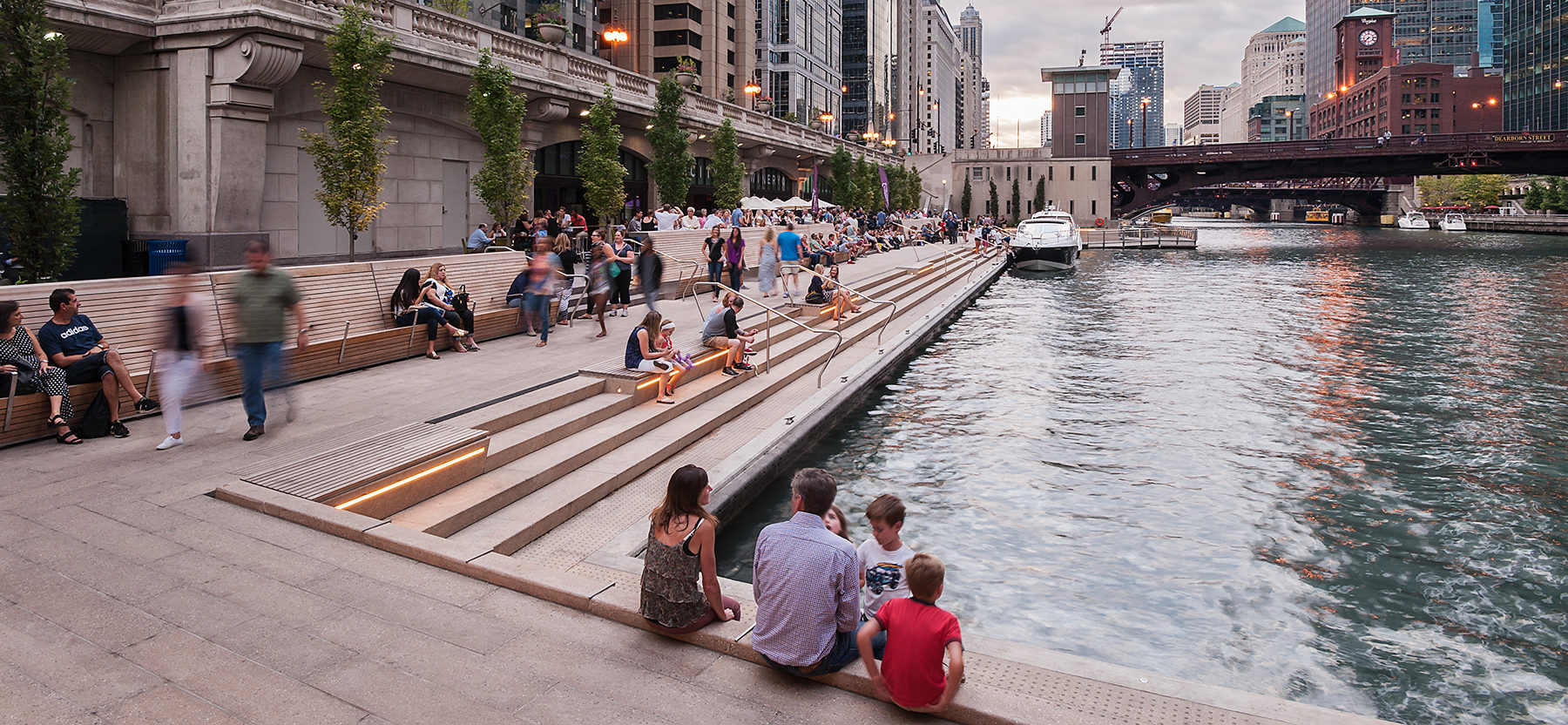
 Sasaki
Sasaki

London, Rio, New York, Shanghai. These are some of the world’s most vibrant and beloved cities—successful, in part, because of their proximity to bodies of water. Their identities and trajectories as world-class cities are intertwined with the rippling ribbons and expansive liquid sheets that lap at our feet, continuously reminding us city dwellers of our smallness before nature. People seem to experience this gravitation toward the water’s edge acutely and we traverse concrete and asphalt just to gaze out over an open expanse or to dip our toes in the blue stuff.
In 2015, Sasaki conducted a survey of 1,000 city dwellers from six American cities about what qualities make for a great city. Nearly fifty percent said waterfronts were their favorite urban open space, chosen over small urban parks, trails, and large open parks. There’s something about water that innately draws us to it. But what draws people to waterfronts, and why are they entwined with our imagination of world-class cities? Scholars, scientists, urban planners, and others have all considered these questions.
Some argue that our love of bodies of water is a matter of science. The late philosopher Denis Dutton, in a 2010 TED talk, “A Darwinian Theory of Beauty,” argued that human attraction to bodies of water is universal in part because they ensured our survival in key stages of human evolution. Examining evolutionary psychology and aesthetic preferences, he reveals that the most universally appreciated landscapes, regardless of a viewer’s culture or country of origin, are those which “show the presence of water directly in view or evidence of water in a bluish distance…a path or a road, perhaps a riverbank or a shoreline that extends into the distance, almost inviting you to follow it.” Dutton contends this universal appreciation of water-laden landscapes is why they are endlessly reproduced in print and referenced in design.
Authors, too, have explored humanity’s innate longing to interact with water. Indeed, urban waterfronts have been the setting for some of the most striking scenes of novels from Moby Dick to The Great Gatsby. In the first pages of Moby Dick, while describing Manhattan’s bustling docks, Melville ruminates that “water and meditation are wedded forever.”
In our own meditations as urban planners and designers, we recognize how essential waterfronts are to cities and how precious they are to people. Throughout history, founders strategically sited their cities along the shores of oceans and the banks of rivers to have access to a valuable transportation link that could yield trade and industrial advantages. But overuse during the industrial boom years of rapid development left many of these vital waterways polluted and unwelcoming. Over the last century, many of these same cities who neglected their waterways during periods of growth have pivoted to restoring their waterways to their proper status as precious resource, cherished amenity, and universal connector.
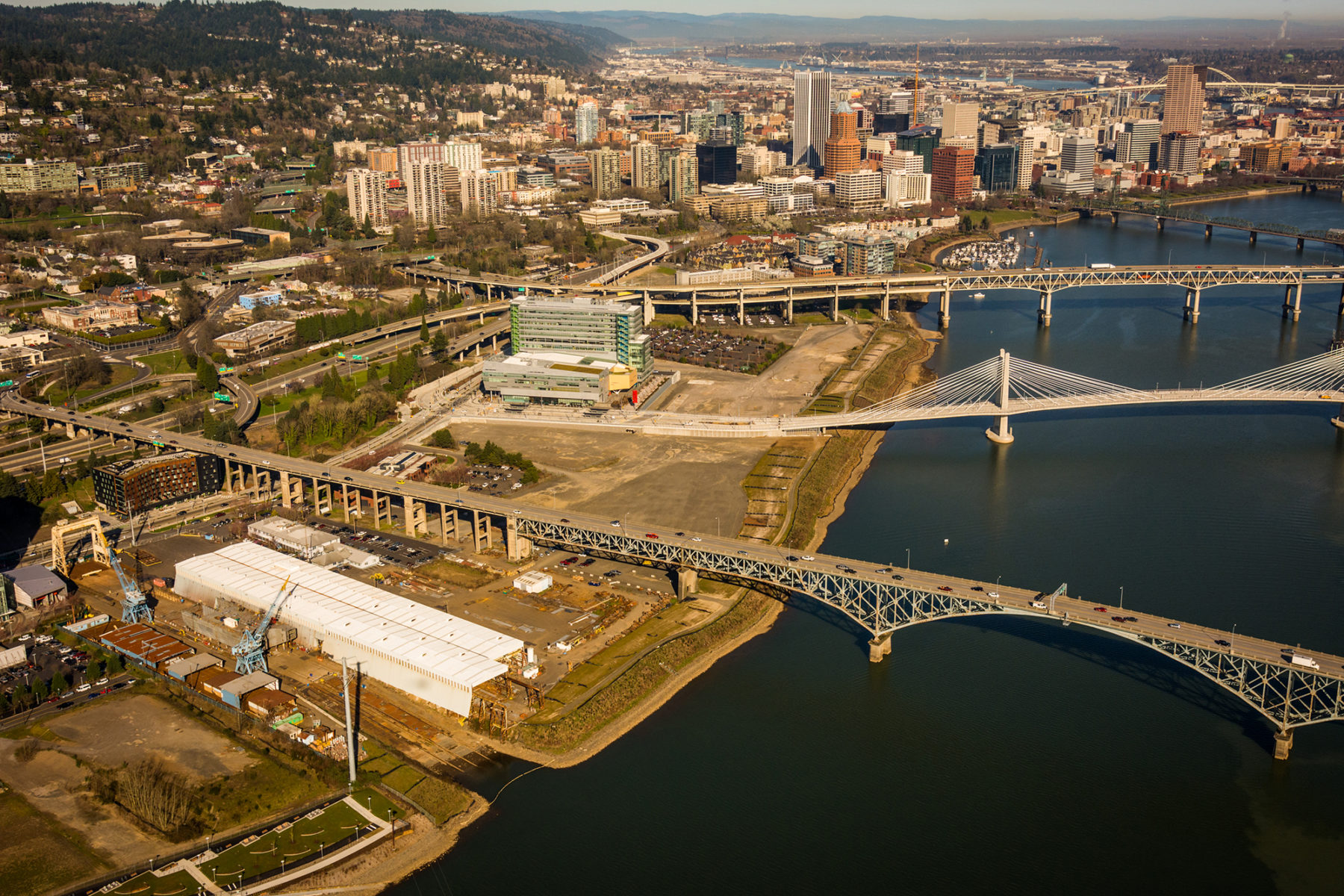
Zidell Yards, an industrial site along the Willamette River in Portland, after an expansive clean-up
In our more than 60 years as a practice, we have planned waterfronts across the globe, from Charleston’s Waterfront Park and Boston’s Harborway to the Chicago Riverwalk and the Wilmington Waterfront Park in Los Angeles. Although each of these city’s waterfronts were unique, each design was anchored by a strategy that returned the waterfront to the people.
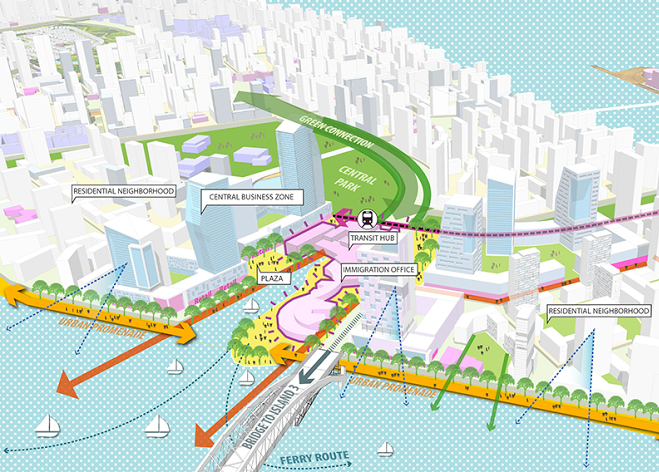
A reimagined waterfront for the 21st century
Many clients today see waterfront revitalization projects as legacy projects, keenly aware of the impact a vibrant waterfront can have on the health and prosperity of their citizens for generations to come. More than ever, cities aim to ensure development is balanced along their shores to maintain public connection to the water’s edge. It means undertaking aggressive cleanup, encouraging a balanced approach to real estate development, cultivating a lively public realm, and emphasizing connections back into the city fabric.
In the following series we explore three projects underway—at Zidell Yards in Portland, Oregon; at Las Salinas, in Viña del Mar, near Santiago, Chile; and along Suzhou Creek in Shanghai, China—to share our latest thinking on waterfront revitalization around the world.
Head to the first installment of the series, a deep dive into Portland, Oregon’s Zidell Yards—a shipyard site currently being reimagined as a mixed-use development that will further enable Portlanders to work, live, eat, shop, and relax just steps from the Willamette River.
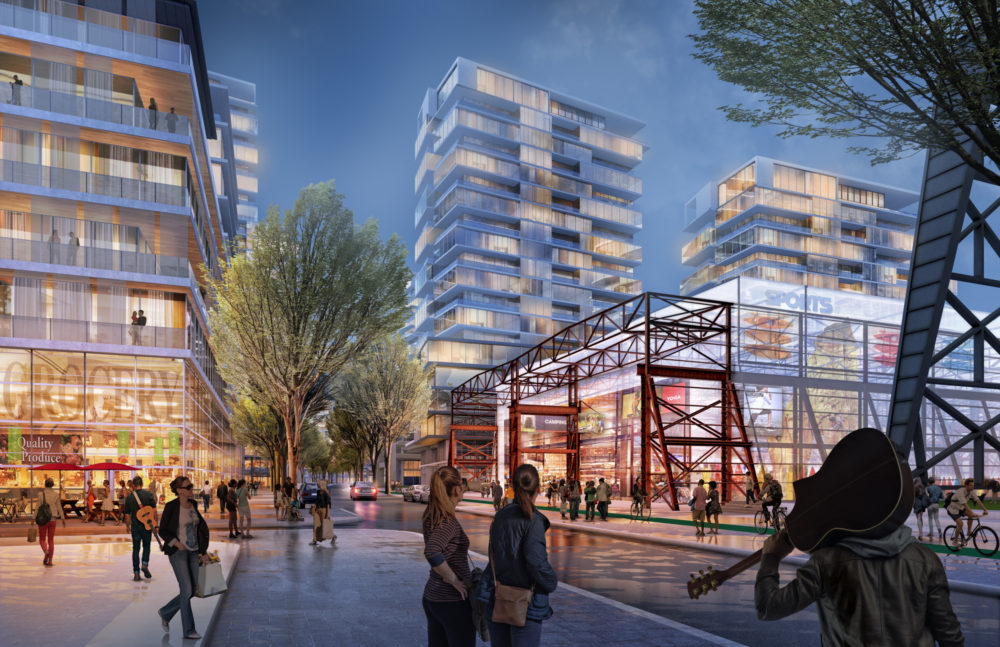
Portland, OR
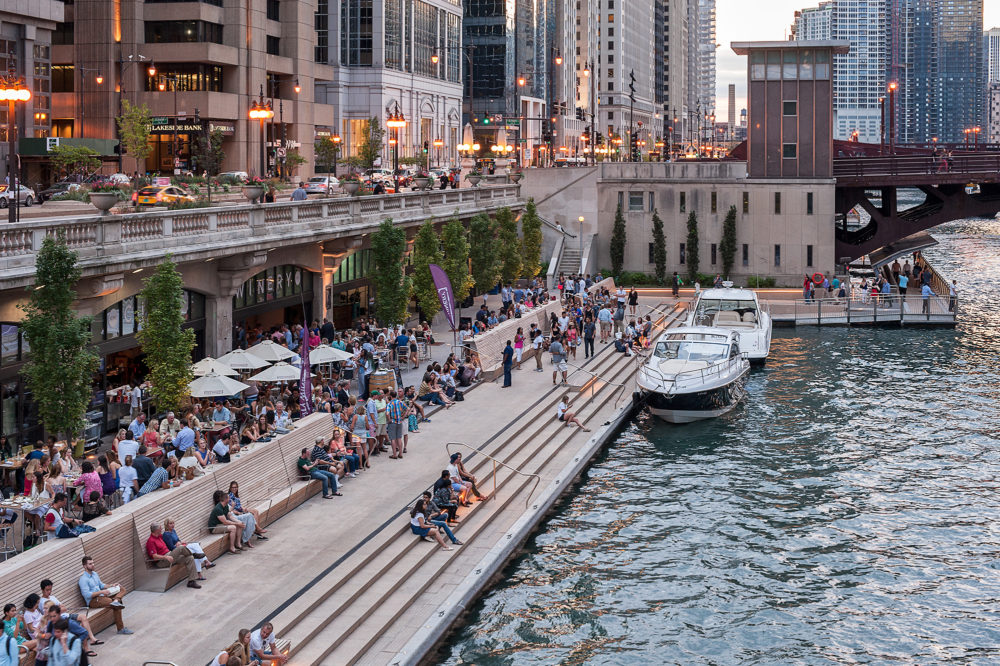
Chicago, IL

Los Angeles, CA

Los Angeles, CA
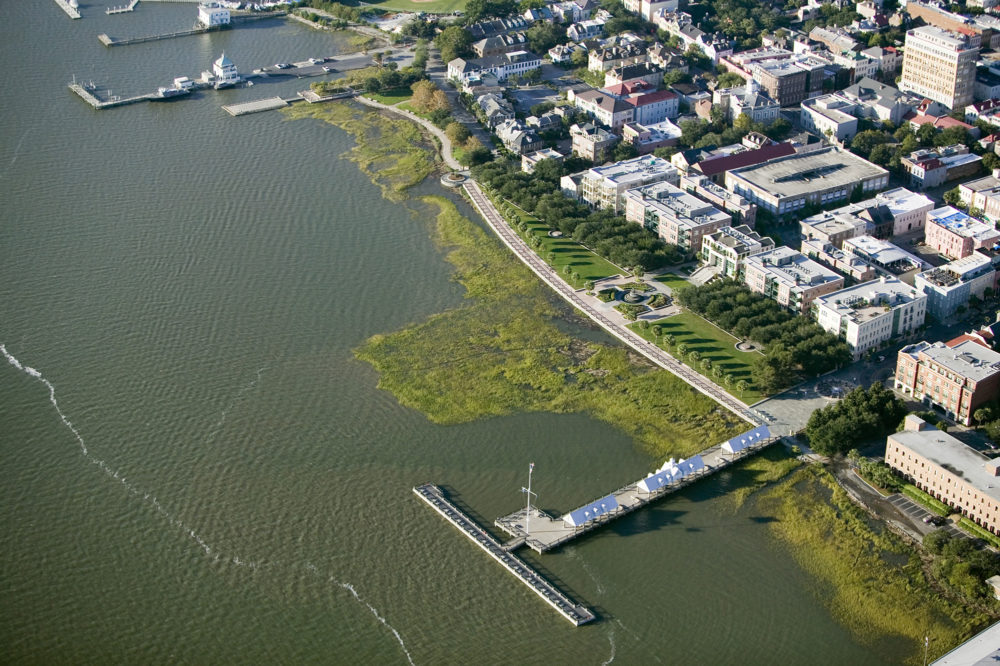
Charleston, SC
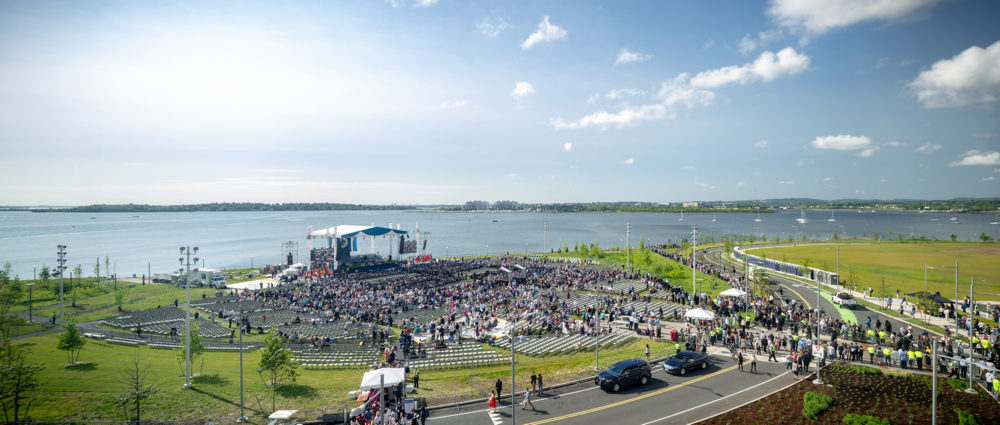
Boston, MA
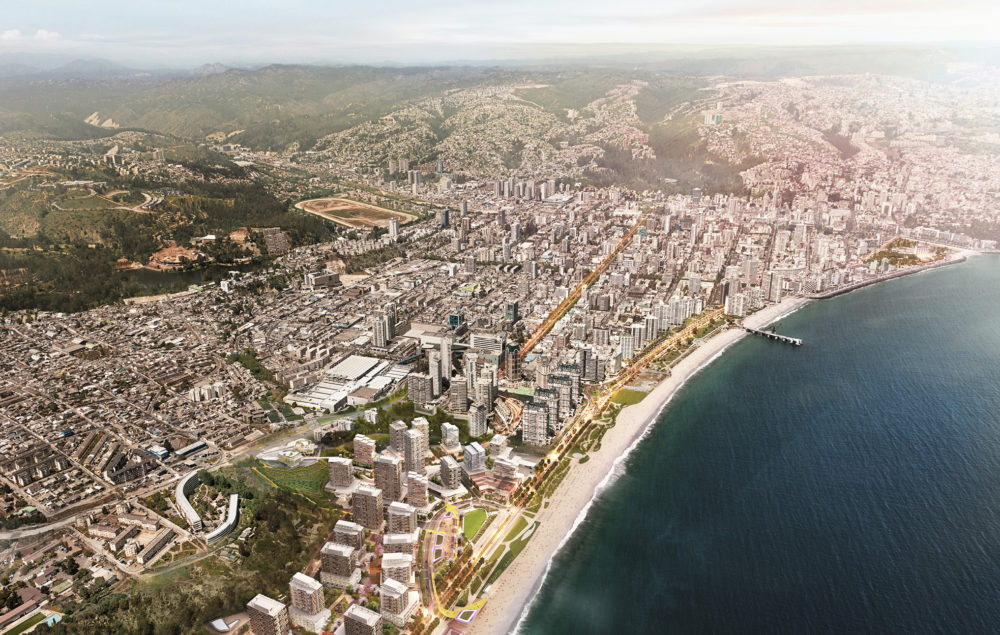
Viña Del Mar, Chile
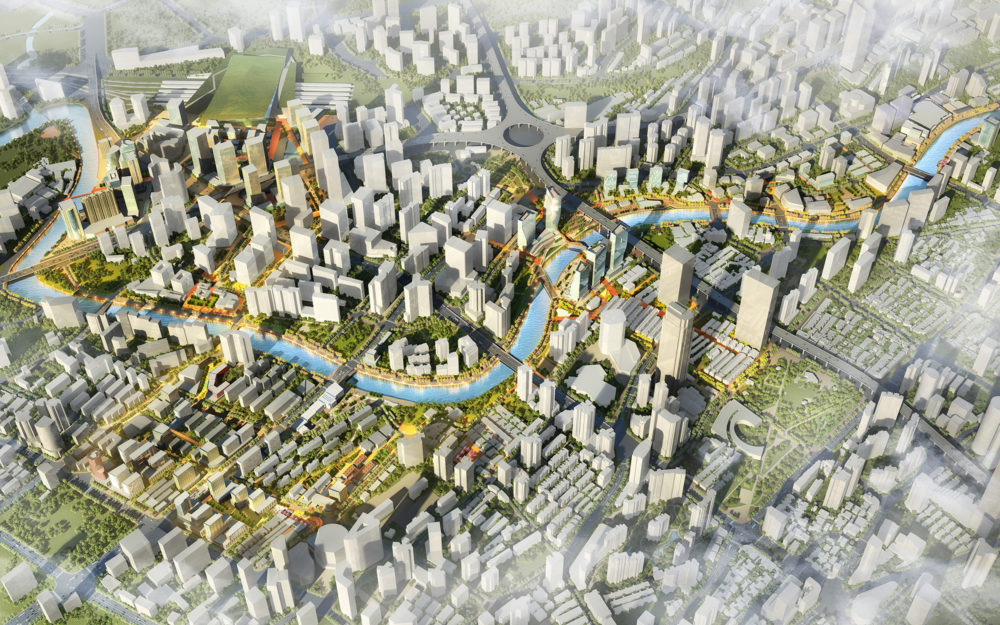
Shanghai, China
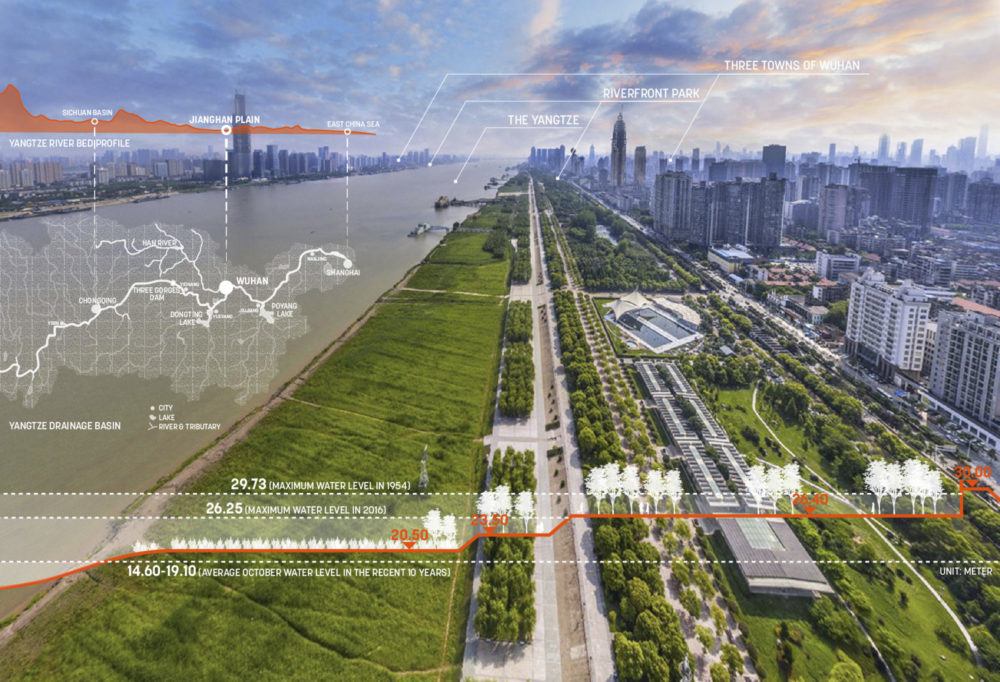
Wuhan, China